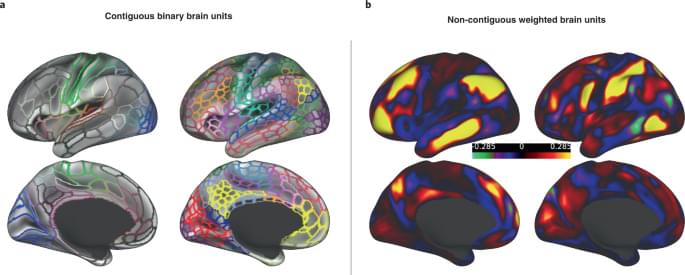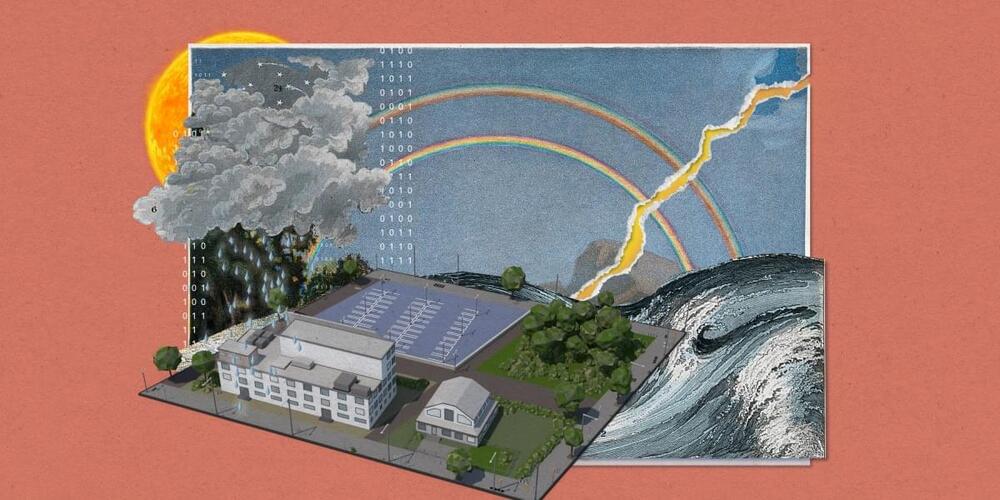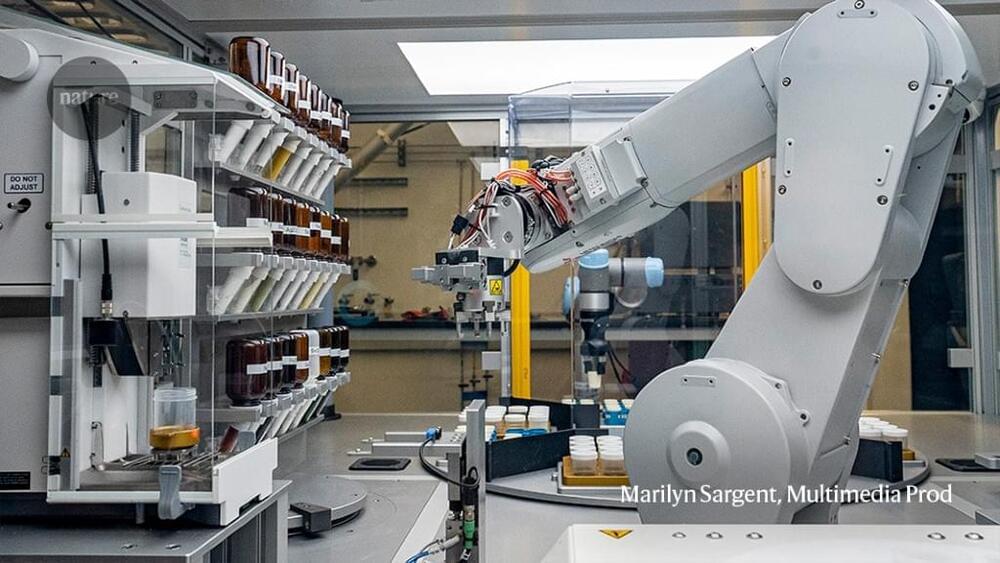In this Primer article, Bijsterbosch and colleagues provide an accessible discussion of the challenges faced in analytical representations of functional brain organization and provide clear recommendations to unite a fractionated field.


SpaceX’s announcement of the new V2 Starship marks a significant commitment to innovation and improvement in the evolution of Starship, with potential game-changing advancements in technology and capabilities.
Questions to inspire discussion.
Why is SpaceX shifting to V2 Starship?
—SpaceX is shifting to V2 Starship due to potential game-changing advancements in technology and capabilities, including increased propellant capacity and reduced dry mass for quicker booster return and reaching higher orbits.
A quickie about E5.
Dr. Steve Horvath shares some studies on evaluating whether young plasma fraction affects the epigenetic clock and lifespan in this short video.\
https://pubmed.ncbi.nlm.nih.gov/37875…\
https://www.ncbi.nlm.nih.gov/pmc/arti…\
https://pubmed.ncbi.nlm.nih.gov/37500…\
https://www.theguardian.com/science/2…\
\
Please note that the links below are affiliate links, so we receive a small commission when you purchase a product through the links. Thank you for your support! \
=*=*=*=*=*=*=*=*=*=*=*=*=*=*=*=*=*=*=*=*=*=*=*=*=*=*=*=*=*=*=*=*=*=\
🔶 Nuchido Time+ Supplement FIRST ORDER 20% OFF Code : REVERSEAGING20\
Restore Our Cells Ability To Make NAD Like When We Were Young ~ https://www.nuchido.com/REVERSEAGING\
\
~*~ Discount Coupon Code: REVERSE\
🌏ProHealth Longevity 15% OFF \
Full Spectrum Apigenin https://prohealth.pxf.io/apigenin\
Optimized Curcumin 500 mg https://prohealth.pxf.io/curcumin\
Quercetin/Bromelain Complex https://prohealth.pxf.io/quercetin\
Calcium AKG Longevity 500mg Caps https://prohealth.pxf.io/CaAKG\
ProHealth Trans-Resveratrol 500mg Caps https://prohealth.pxf.io/TransResvera…\
Green Tea EGCG Extreme™ https://prohealth.pxf.io/EGCG\
\
🔬Renue By Science 10% OFF Liposomal Fisetin https://bit.ly/3PXYz5F\
Liposomal Spermidine 8mg 10% OFF https://bit.ly/44WNIgX\
Lipo Quercetin 150mg https://bit.ly/3K4mwVg\
\
🧬 DoNotAge 10% OFF Code: REVERSE https://donotage.org/?customer_referr…\
SIRT6 Activator® https://shorturl.at/owL23Pure Hyaluronic Acid https://rb.gy/lcezr\
At Home Vitamin D and Omega-3 Test Kit https://rb.gy/f1gxlc\
**PRE-ORDER** Pure Pet https://rb.gy/cikh55\
Suresleep® https://rb.gy/um6dd7\
\
🍀 iHerb New Customer 20% OFF code: NEW20, existed customer 5% off Discount Link https://iherb.co/sUBAZcqw \
\
=*=*=*=*=*=*=*=*=*=*=*=*=*=*=*=*=*=*=*=*=*=*=*=*=*=*=*=*=*=*=*=*=*=\
\
DISCLAIMER: The information and opinions expressed in this video are for informational purposes only and are not intended to be a substitute for professional medical advice, diagnosis, or treatment. Please consult with your doctor or other qualified health provider before start taking any supplements. \
\
\
#epigenetic #biologicalage #horvathclock #E5 #exosomes #NAD #lifespan #senescentcells #SIRT3 #longevity #mitochondria #brownfat #Fasting #SIRT1 #d3k2 #spermidine #reverseaging #supplement #oskgenes #slowaging #resveratrol #stayyoung #EGCG #VitaminB12 #TMG #Epigenetic #sirtuin #NadBooster #Exercise #NAD #BeingHungry #Rejuvenate #Reprogramming #Mitochondria #ALA #Metformin #CoQ10 #Carnitine #Antioxidant #LookYounger #Resveratrol #Quercetin #Fisetin #senolytics #OliveOil #Sirtuin #HIIT #aging #Lifespan #NR #Metformin #Berberine #ReverseAging #Epigenetic #OleicAcid #NAD #Sirtuins #Fasting #Longevity #RestoreYouth #Reprogramming #DavidSinclair #Healthspan #Younger #antiaging #DrSinclair #NAD #longevity #Epigenome

Elon Musk plans to start a new STEM-focused university in Austin, while also addressing criticisms and misinformation about Tesla and promoting a healthy lifestyle for productivity and fulfillment.
Questions to inspire discussion.
What is Elon Musk planning to start in Austin?
—Elon Musk plans to start a new STEM-focused university in Austin, beginning with a stem focused primary and secondary school, and has sent $2.2 billion in stock to his foundation for this purpose.



Brian White @4kpodcast (host of MyTeslaWeekend on YouTube) https://www.youtube.com/@MyTeslaWeekend My website: https://www.herbertong.com Get Free TESLA Milestone Tables Check out 15+ modules of resources for the $TSLA Investor Join this channel or Patreon to get access to perks: Get free access to 15+ modules of TSLA investor resources.

Get on my daily AI newsletter 🔥 https://natural20.beehiiv.com/subscribe [News, Research and Tutorials on AI]
See more at: https://natural20.com/
My AI Playlist: https://www.youtube.com/playlist?list=PLb1th0f6y4XROkUAwkYhcHb7OY9yoGGZH
The Mechanical and Aerospace Engineer Dr. Scott Walter joins us to discuss Tesla’s Optimus Bot 2. A new video showing how Tesla improved it’s Generation 2 Bot in record speed surfaced recently! Scott goes into great detail on what has improved and why this thing is a game changer for the robotics industry! A.